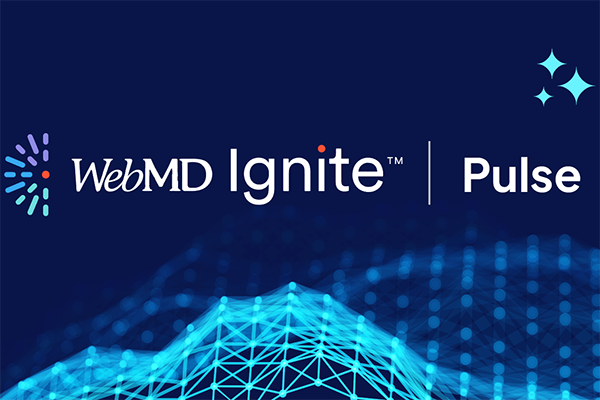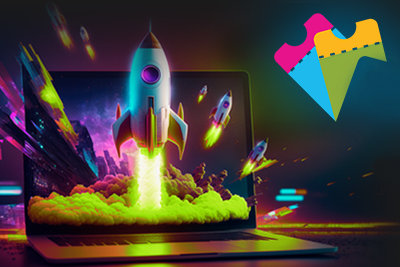From Awareness to Access - and Action
May is Mental Health Awareness Month, a time to remind people that mental health issues are common, and that they’re not alone in dealing with them. And while we can celebrate the progress we’ve made in elevating that conversation, we can also turn our attention to what is, perhaps, an even bigger challenge today: access to care.
According to a recent survey, more than 1 in 5 adults live with mental illness.1 It’s numbers like these that have inspired a movement. We’ve made considerable headway raising awareness. The topic of mental health has never reached more people. In fact, some polls show that as many as 90% of Americans are now aware that mental health in this country is a serious issue.2 There have also been major improvements in how we think about schizophrenia and alcohol dependency, with far less stigma and rejection around depression too.3
But practical support hasn’t always kept up with awareness. While the issue is now top of mind for many people, we’re a long way from being able to provide help and care for everyone who needs it. Over 21 million people have reported a moderate to severe level of depression and/or anxiety, with close to 40% of those not receiving treatment.4 And though about 75% of Americans now believe that mental health is as important as physical health, almost the same amount report that mental health services are not available and accessible to everyone.5
Roadblocks to recovery
The problem is partly a matter of numbers. When it comes to youth access, more than half of Americans report that children and teenagers aren’t able to get appropriate mental health services.6 And 80% of counties in America have no adolescent psychologists at all.6
Even when you pull back and look more broadly, the divide is glaring. There are estimates that up to 130 million people live in one of almost 6,000 federally designated Health Professional Shortage Areas.7 In rural parts of the country, the number of practicing mental health professionals is disproportionately low.5 65% of non-metropolitan counties don’t have any practicing psychiatrists.7
Accessibility isn’t always affordable
Advocates say that even when there is access, it can be tricky to navigate and afford. Years after congress passed the Mental Health Parity and Addiction Equity Act to improve benefits for mental health and substance abuse care, the law has been limited in its effectiveness. Many psychiatrists don’t work with private insurance, likely due to in-network reimbursement rates that can be 13 to 20% lower than those for non-psychiatric doctors.7 One study showed that inpatient behavioral care was five times more likely to be out-of-network than surgical or medical care.8 Children in particular are 10 times more likely to go out-of-network for behavioral care.8
This means that those seeking treatment for substance abuse or mental health issues are far more likely to pay out-of-pocket costs, making treatment hard to afford even if you have insurance. There’s also a shortage of appointment availability — 60% of psychologists report having no openings available for new patients.9
Possible ways forward
We have seen positive developments. Expansion of Medicaid access in 39 states has made coverage more affordable to millions of people. And Medicaid is now the leading health care payer for adults with serious mental illness.10 In 2022, the federal government promised $700 million to invest in programs like the National Health Service Corps.11 To address the shortage of professionals, they’ve allocated $225 million for training programs which will increase the number of health workers in underserved areas. They’ve also set up the 988 hotline. This 24/7 three-digit dialing code connects people with crisis coordinators who provide free emotional support and can point people in the direction of resources and assistance.11
Beyond funding and resources, patient education is also needed. More than half of adults, for instance, have heard “nothing at all” about the 988 hotline.2 In addition, medical offices and facilities can play a bigger role in helping their patients. For many seeking treatment, PCPs are the main way into the mental healthcare system. They administer about 25% of the medication used by those with serious mental illness.7 But PCPs are stretched thin as it is, and nurturing a climate of “collaborative care,” in which medical and behavioral professionals can coordinate more easily, is essential to producing better results.7
An opportunity for change
This Mental Health Awareness Month, we can take satisfaction from the hard work we’ve done to raise awareness around mental health issues. However, the growing need for services requires even greater effort to meet ongoing demand. There’s a real opportunity to reach people all over the country who are struggling and need support. It’s up to us to meet the moment and deliver in ways that make a difference.
Sources:
- https://www.nimh.nih.gov/health/statistics/mental-illness
- https://www.cnn.com/2022/10/05/health/cnn-kff-mental-health-poll-wellness/index.html
- https://www.ncbi.nlm.nih.gov/pmc/articles/PMC8693212/
- https://www.kff.org/mental-health/issue-brief/how-does-use-of-mental-health-care-vary-by-demographics-and-health-insurance-coverage/
- https://www.thenationalcouncil.org/news/lack-of-access-root-cause-mental-health-crisis-in-america/
- https://www.cnn.com/2022/10/06/health/youth-parents-mental-health-kff-poll-wellness/index.html
- https://www.aamcresearchinstitute.org/our-work/issue-brief/exploring-barriers-mental-health-care-us
- https://www.usnews.com/news/healthiest-communities/articles/2019-11-20/affordable-mental-health-care-is-getting-harder-to-access
- https://www.apa.org/monitor/2023/04/mental-health-services-wait-times
- https://www.rand.org/pubs/research_briefs/RBA889-1.html
- https://www.whitehouse.gov/briefing-room/statements-releases/2022/03/01…




